It's unknown when the Terminalia catappa trees first appeared on this island, but it's known that they sprouted and grew thanks to Terminalia catappa fruits that drifted here from the mainland. They are highly resistant to salt, sea winds, and storms. Perhaps due to these harsh conditions, their trunks, foliage, and fruits are larger than those on the mainland. The Terminalia catappa trees here are all over 120 years old, with trunks so large that two or three people couldn't encircle them, and they are numbered in a dignified manner. Terminalia catappa trees are closely associated with the archipelago through two fierce wars of resistance against the French and the Americans. They are witnesses, symbols, and nurturers of the indomitable spirit and will of patriotic fighters who were imprisoned and tortured. Notably, eight Terminalia catappa trees at the Phu Hai Prison Camp historical site have been recognized as Vietnamese Heritage Trees. For that reason, the Terminalia catappa is considered a sacred tree in Con Dao.
 The Indian almond tree at Phu Hai Prison, Con Dao.
The Indian almond tree at Phu Hai Prison, Con Dao.
During the resistance wars against the French and Americans, revolutionary prisoners were sheltered and protected by the Terminalia catappa tree. Whenever they went out to work, the patriots collected and hid dried Terminalia catappa leaves, bringing them back to the prison camp and stacking them on the concrete and stone floor to withstand the harsh cold and heat inside the prison. Fresh Terminalia catappa fruit and young leaves were sometimes used as daily meals to stave off hunger or treat illnesses. Patriots also used Terminalia catappa leaves to transmit messages and write poetry in Phu Hai and Phu Tuong prisons, among others.
Beneath the hollows of the banyan trees, which served as mailboxes for exchanging letters, many long-imprisoned prisoners used the color of the leaves to tell time, count seasons, and calculate years. Although these prison camps were considered "hell on earth," they did not shake the patriotic spirit of the communist prisoners. On the contrary, they strengthened their resolve, helping them escape death and return to the mainland to continue their resistance against foreign invaders.
Some could not withstand the enemy's beatings and perished here, but their glorious deaths inspired strength and indomitable will in those who remained. Le Hong Phong, Nguyen An Ninh, Vo Thi Sau, Phan Chu Trinh, Ton Duc Thang, Pham Van Dong,... are prisoners of Con Dao who brought glory to the nation.
Con Dao's Terminalia catappa nut jam is one of the specialties that tourists often buy as souvenirs. The Terminalia catappa fruits in Con Dao are large, making them easy to make into jam. Although called jam, it's actually just roasted Terminalia catappa nuts. In the summer, from early July to the end of August, the Terminalia catappa trees bear the most ripe fruit. Whenever there's a strong wind or storm, the fruits fall all over the roads. Locals take advantage of their free time to gather and harvest them like a festival. The harvested fruits are dried, split in half with a small knife to extract the seeds, and skillfully roasted over a fire to create a delicious specialty for tourists to experience. Initially, the seeds were only roasted with salt, but now there are many more flavors for snack lovers to choose from: original, satay, pineapple, roasted with salt, coated with sugar, etc. The taste of the Terminalia catappa nuts here is unlike those on the mainland; it's very nutty, rich, subtly sweet, and crunchy when eaten.
The Indian almond tree holds such a profound influence on the people of Con Dao. Walking beneath its cool, green canopy today, one feels as if they are reminiscing about the distant years of resistance, where patriots were tortured and imprisoned by the French and Americans. Thinking about those sacrifices and losses, today's generation feels even more respect, admiration, and appreciation for what their ancestors did to protect the country. From this, they remind themselves to contribute a small part to make the country more prosperous and beautiful today, so as not to bring shame to their forefathers.
Dang Trung Thanh
Source


![[Image] Leaked images ahead of the 2025 Community Action Awards gala.](/_next/image?url=https%3A%2F%2Fvphoto.vietnam.vn%2Fthumb%2F1200x675%2Fvietnam%2Fresource%2FIMAGE%2F2025%2F12%2F16%2F1765882828720_ndo_br_thiet-ke-chua-co-ten-45-png.webp&w=3840&q=75)
![[Photo] Prime Minister Pham Minh Chinh receives the Governor of Tochigi Province (Japan)](/_next/image?url=https%3A%2F%2Fvphoto.vietnam.vn%2Fthumb%2F1200x675%2Fvietnam%2Fresource%2FIMAGE%2F2025%2F12%2F16%2F1765892133176_dsc-8082-6425-jpg.webp&w=3840&q=75)
![[Photo] Prime Minister Pham Minh Chinh receives Lao Minister of Education and Sports Thongsalith Mangnormek](/_next/image?url=https%3A%2F%2Fvphoto.vietnam.vn%2Fthumb%2F1200x675%2Fvietnam%2Fresource%2FIMAGE%2F2025%2F12%2F16%2F1765876834721_dsc-7519-jpg.webp&w=3840&q=75)


![[Live] 2025 Community Action Awards Gala](/_next/image?url=https%3A%2F%2Fvphoto.vietnam.vn%2Fthumb%2F1200x675%2Fvietnam%2Fresource%2FIMAGE%2F2025%2F12%2F16%2F1765899631650_ndo_tr_z7334013144784-9f9fe10a6d63584c85aff40f2957c250-jpg.webp&w=3840&q=75)


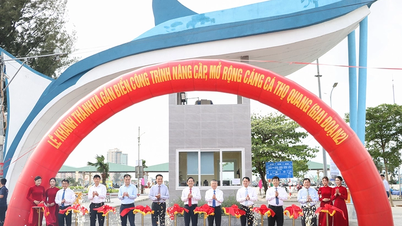






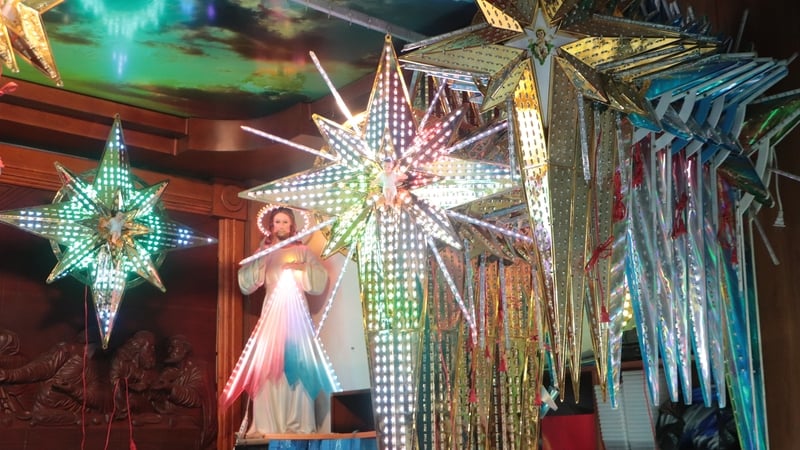
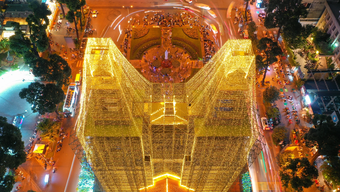




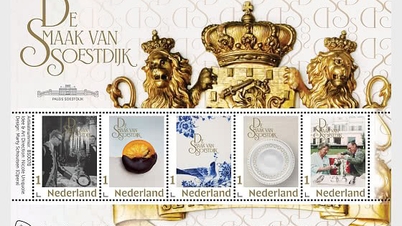





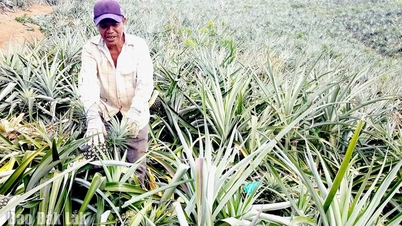





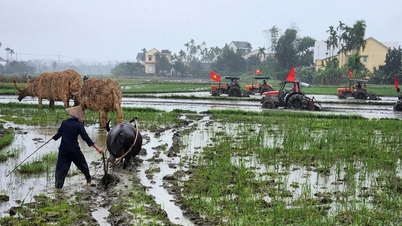




















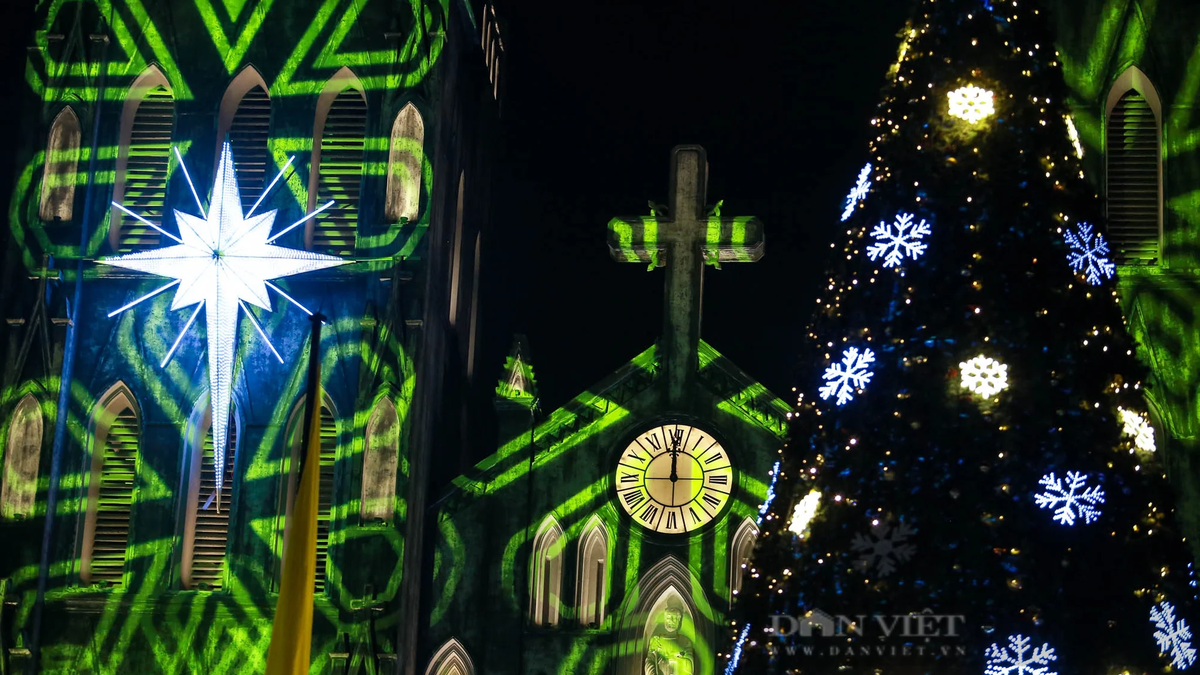









































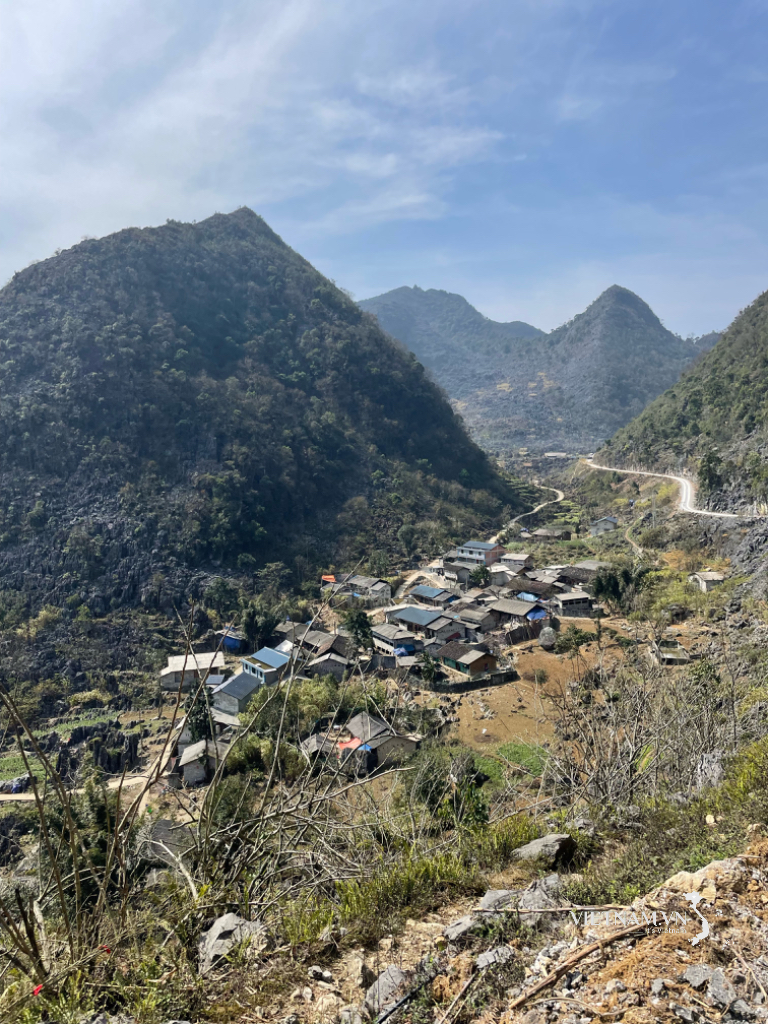


Comment (0)